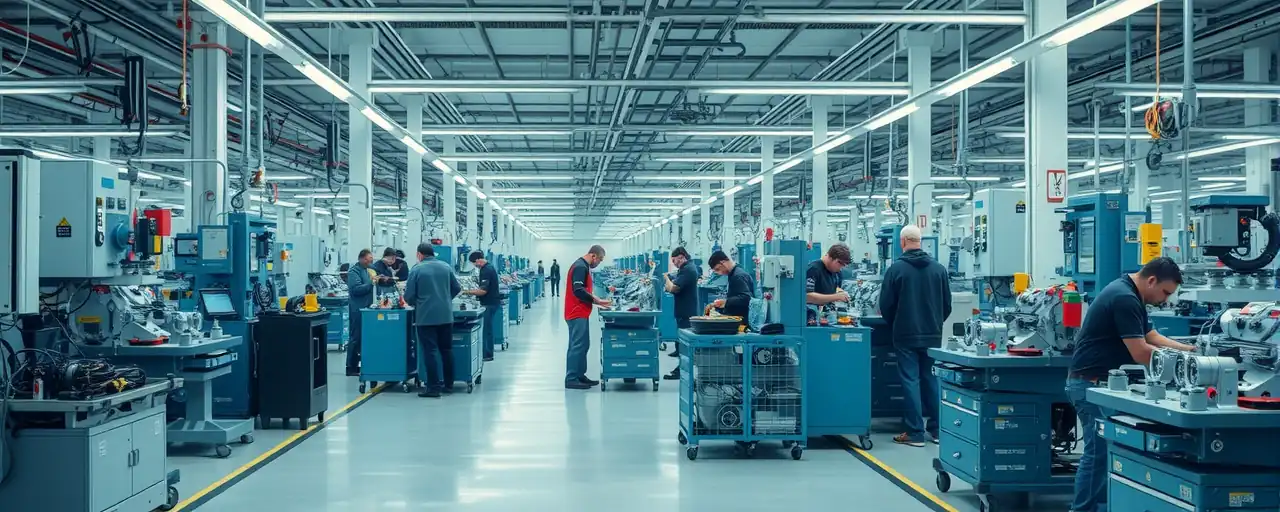Jobs Take Center Stage
The U.S. economy delivered a surprise in May 2025, adding 139,000 new jobs. Private sector industries, from restaurants to construction sites, fueled the growth. This hiring spree has people talking about what's behind the numbers and whether the trend will hold.
Unemployment remained at 4.2%, a sign of steady ground, though the labor market has loosened compared to a few years ago. For many workers, the bigger news is pay: hourly wages rose 3.9% over the past year, giving households a bit more financial wiggle room. Yet, questions linger about the broader economic picture.
Policies Shaping the Surge
Since early 2025, the White House has doubled down on policies to boost American jobs. A 10% tariff on all imports, plus incentives for companies to produce domestically, aims to prioritize local workers. The May jobs report reflects this focus, with native-born Americans accounting for some new hires, not all.
Companies are moving quickly to adapt. Some are building U.S. factories to sidestep tariffs, boosting sectors like construction, which added 4,000 jobs last month. However, economists caution that these policies could raise prices for consumers and slow hiring in industries reliant on global trade.
Real Stories, Real Stakes
Small business owners see opportunity in this shift. Alfredo Ortiz, head of the Job Creators Network, says private sector growth shows that easing regulations is working. In places like Michigan's industrial heartland, workers report more job openings, though many worry about the rising cost of everyday goods.
Others highlight challenges for vulnerable groups. Analysts studying low-income households warn that tariffs increase prices for essentials like clothing and electronics. They call for expanded job training and support programs to help workers adjust to these economic changes.
Lessons From the Past
History offers context for today's policies. The 1930s Smoot-Hawley Tariff aimed to protect U.S. jobs but deepened a global downturn. More recent Buy American provisions have had mixed results, often lifting targeted industries while raising costs elsewhere. Today's tariffs risk similar trade-offs, with some nations already eyeing retaliatory measures.
Inflation remains a key factor. At 2.3% in April 2025, it's down significantly from its 2022 peak. Lower energy prices have helped, but experts predict tariff-driven price increases could nudge inflation past 3% by late 2025. The Federal Reserve's careful balancing act will be critical.
Navigating the Road Ahead
The job gains are undeniable, but challenges loom. Higher costs from tariffs could lead consumers to spend less, potentially cooling sectors like retail. Meanwhile, investments in domestic production might create lasting opportunities, especially in manufacturing regions.
For workers, the focus is practical: wages are up, but so is the cost of living. Policymakers face the task of sustaining growth while keeping prices manageable. The choices made now will shape the economy for years to come.
As 2025 progresses, the U.S. stands at a pivotal moment. The drive for homegrown jobs is delivering results, but its success hinges on how well businesses, workers, and global partners navigate this complex landscape.
